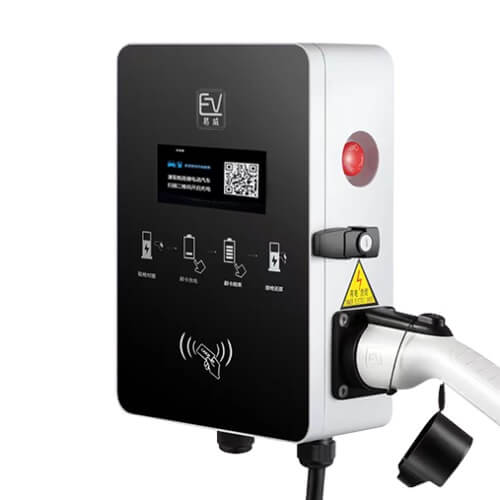In Europe, the standard delivery of an electric car usually includes a Type 2 charging cable, which can be used for charging at public charging stations or wall boxes with sockets, and a so-called emergency power cord with a Type F plug for a standard 230 V mains socket. You can use this emergency power cord to charge your electric vehicle (or PHEV) in your garage at home. But should you really do it? There are many reasons why you shouldn’t do this.
More safety thanks to RCD and larger cable cross-section
During charging from a standard plug, an electric car uses almost as much power as an oven — and for hours. Standard cable cross-sections and sockets are not designed for this, which is why cookers and ovens at home always use larger cable connections. To make this clearer: If an EV is charged at home using a so-called emergency power cord, it’s like forcing the entire household to consume electricity through a single cable and plug – as the average annual consumption of an EV averages the miles driven Roughly equivalent to average household consumption. That’s why overheating, and in the worst case, the cables can catch fire very quickly. Professional installation of the wallbox (if not already in place) by a professional electrical installer, always accompanied by laying of adequately sized cables, checking for the need for residual current circuit breakers and selection of the correct line circuit breaker. All these measures ensure safe charging.

More safety and comfort thanks to the wallbox
Another advantage of the EV charger wallbox is its integrated residual current monitoring. It prevents the lights in the house from going out if something goes wrong during charging. In addition to this, the Wallbox automatically resumes charging after unexpected failures such as overvoltage or undervoltage in the supply network or even a complete power failure. That means you won’t be surprised by a low battery when you start your next journey.
Faster charging thanks to the wallbox
Another important aspect is charging speed. The charging power of the Type F cable is limited to 2.3 kW. This means that an electric car with an average battery capacity of 55 kWh must be connected to the mains for almost 24 hours to charge from the lowest level to the highest level. Vehicles with larger batteries will take correspondingly longer. The EV charger wallbox allows for charging at 11 kW for most EV models, reducing the charging time for the example vehicle to just 5 hours. It would be faster if the network operator, the house installation and the EV itself allow for 22 kW charging power. In this case, the Wallbox can be charged at a rate of 150 kilometers per hour, depending on the consumption of the vehicle.
So there are plenty of good reasons to charge with a wall case at home, and really only consider an emergency charging cable as standard: an emergency solution.
Start Your EV Charging Business With Kelylands Today!
Simply Fill Out Your Details And We’ll Give You A Call To Discuss The Right EV Chargers For Your Charging Needs.

